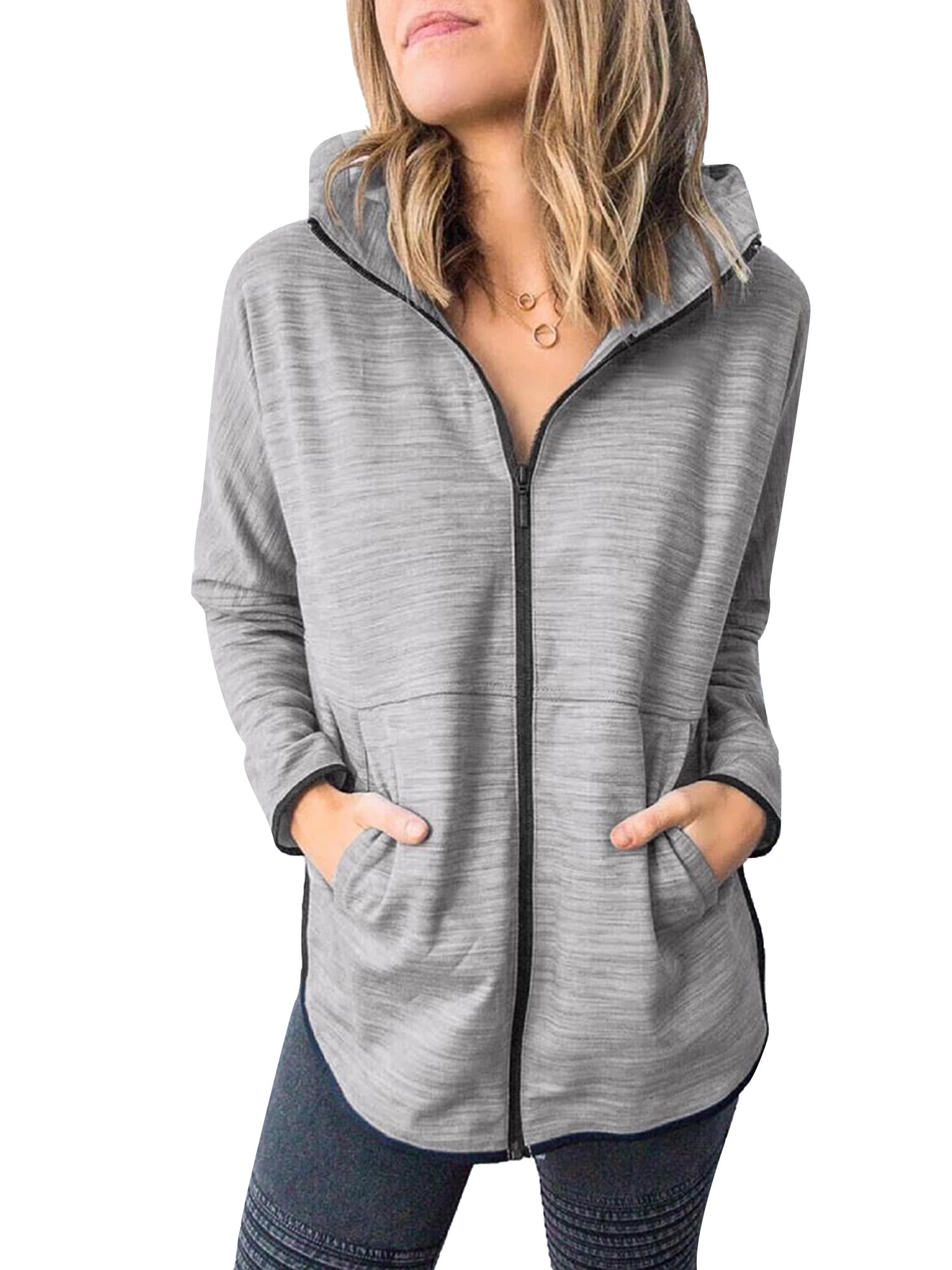What you should expect When Buying a Sweatshirt

Sweatshirts are long-sleeved, pullover shirts that are typically constructed from thick cotton fabric. They are generally worn casually and are not so formal as sweaters and cardigans. They do not usually have an Hood. If you are interested in buying a sweatshirt, here are a few tips:
The appeal of Norma Kamali was spread by the use of sweatshirts
Since the late 1970s and into the late '70s, Norma Kamali has transformed the basic sweatshirt into an art. Her designs are now the staple of almost every woman's wardrobe. Her distinctive designs include tummy-tucking t-shirts to a crew neck , to leather paneled sweatshirts. She also has created clothes in unusual shapes, such as an oversized tank top that has a long trumpet skirt.
A collaboration with the brand and the sweatshirt maker Everlast gave rise to her Timeless line, which was an instant hit when it debuted in Spiegel's spring 2006 catalog. The collection featured interchangeable and convertible knits in classic silhouettes, and many items were priced below $20. Even if The Norma Kamali Timeless collection wasn't sold in stores, fans were able to find the pieces on eBay as well as Poshmark.
Merino wool sweatshirts are more comfortable than sweatshirts made of soft wool.
Merino wool is well-known for its moisture-wicking properties, which helps to keep you comfortable and dry. Merino wool is an organic fiber and also has a smoother feel. It is also quick to dry compared to other natural material. In addition, it is a sustainable resource. The merino sheep shed coats each year, and then grow new coats.

Merino's weight-to-heat ratio is high, and the warmth of wool is what makes it a popular choice for sweatshirts. It assists in regulating the body's temperature because of its natural loft, which traps heat between the fibers. This is why Merino wool sweatshirts are perfect for outdoor and summer activities such as mountain biking, hiking and running. sweat shirts provide ensures that the wearer stays well-hydrated and cool, something that is essential when working out.

Zip-front hoodies feature kangaroo pockets.
Kangaroo pocket hoodies are a popular style of hoodie. They have a huge pocket in the front, which keeps your hands warm on chilly days. They're much more practical than traditional pockets, since they allow the hands to slide in and out easily.
Kangaroo pockets are usually large enough to fit a wallet or some other smaller personal items. click here enough to fit one hand in a smaller size or even large enough to accommodate two hands. They are wide on either side , and can be used to carry small objects.
French terry fabric is a well-loved fabric for sweatshirts.
The French Terry fabric is constructed of soft yarns knit into loops and is usually mid-weight. It is also famous because of its capacity to absorb away moisture and is already pre-shrunk. French Terry is an excellent option for sweatshirt s since it keeps you warm when you need it and helps keep your cool when you want to cool down.
French Terry is also a popular choice for loungewearbecause it has enough stretch and flexibleness to feel great against your skin. It also allows enough air to circulate throughout the fabric, which makes it ideal for layering underneath other clothes. Additionally, since it is lighter than other sweatshirts that you can wear all through the year without feeling warm or cold.
Hoodies can be classist.
Although it might appear that hoodies are just an appropriate garment for people of the working class however, in reality they are a symbol of class. The hooded garment was first used in the early 70s New York, where graffiti artists wore them to conceal their identities. In 1976 the hoodies were made famous in their appearance in the film "Rocky," when the working-class title character wore grey sweats that were hooded during his famous climb up the Philadelphia Museum of Art.
Hoodies are often associated with destruction, death and other negative items, yet they also serve practical purposes. For example, monks and priests might wear hoods in order to display respect and a sense of self-control.
